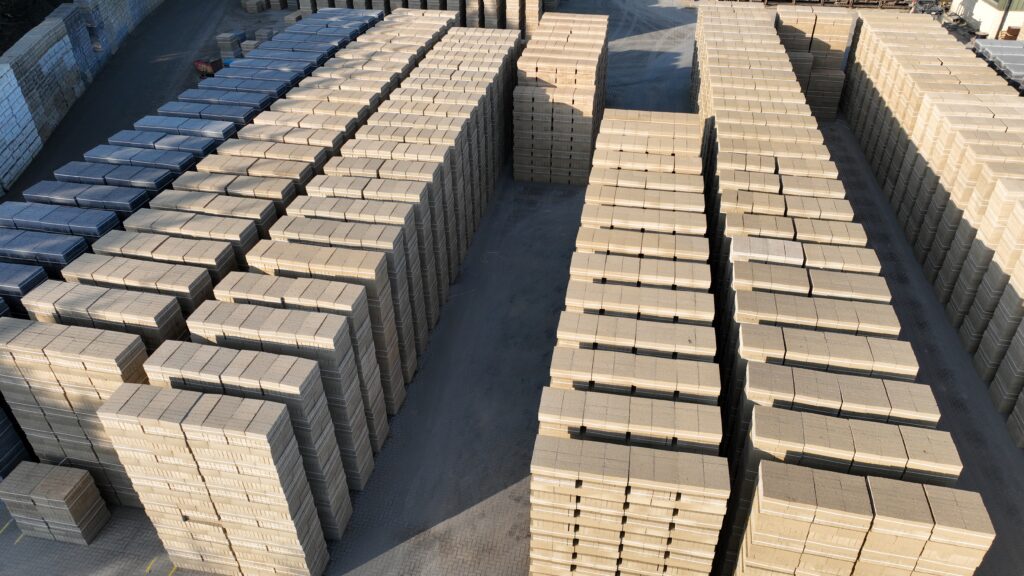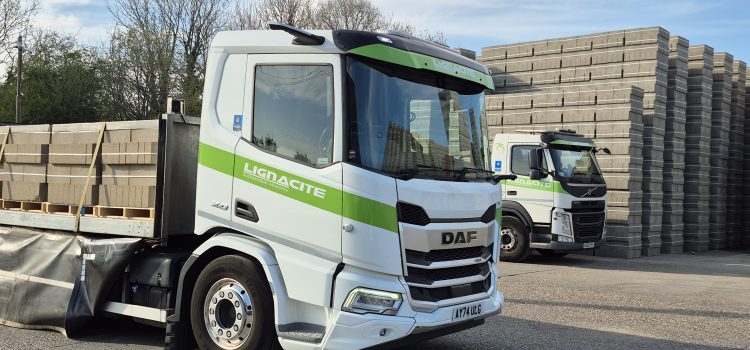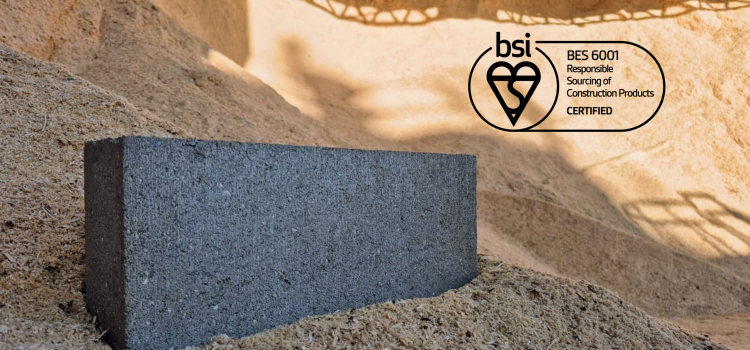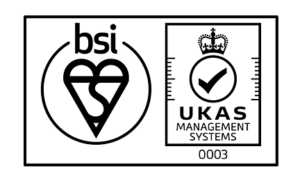Articles
The fire resistance of concrete blocks: an introduction

Posted by Nick Franks
Concrete blocks are a great building material due to their fire resistance. But what gives them this superpower? Read on to find out more.
Concrete is a strong and versatile building material. It also boasts great popularity because it has outstanding fire resistance, making it ideal for use in large, public buildings and in people’s homes.
When we talk about fire resistance, we are referring to a material's ability to prevent or delay the transference of heat or fire. When it comes to concrete blocks, fire resistance is high, outstripping that of other popular building materials, such as steel.
Let’s take a closer look at what makes concrete resistant to fire.
What makes concrete resistant to fire?
Concrete is one of the best fire-resistant building materials because its components (aggregates and cement) are mostly non-combustible. This means that you cannot ‘set fire’ to a concrete block. The components of concrete are also inert. As a result, they do not give off any toxic gases when heated, yet another advantage when it comes to fire resistance.
Concrete blocks have low thermal conductivity too. This means that they do not easily transfer heat from space to space and that their internal temperature does not rise quickly, particularly in thicker concrete. This makes concrete more fire resistant than steel, for instance, as it is able to maintain its structural integrity and act as an effective fire shield, preventing a fire from spreading rapidly throughout a building.
Although no product can truly be declared ‘fireproof’, these factors together mean that concrete blocks are a very effective material to provide fire shielding and resistance in a building.
What is the fire rating for concrete blocks?
In total, there are seven grades of fire rating, with A1 being the highest. Ratings are determined by a material’s fire resistance (how it can resist fire or protect against it) and its endurance (how long a material can demonstrate fire resistance).
- A1: Materials do not contribute to a fire at any stage. No further classification is needed.
- A2: Materials do not contribute to a fire, but they do have the potential to make smoke or flaming droplets. Further classification for these effects is therefore needed.
- B: The material is highly resistant but you will need further classification for potential smoke and/or flaming droplets.
- C: These materials have limited contribution towards fire.
- D: A material can contribute towards a fire, but it has greater resistance than materials that fall into category E.
- E: Materials have a significant contribution towards fire but can resist a small flame for a short period of time.
- F: This is reserved for untested products or those that have failed to meet the other ratings.
Due to their fire resistance, concrete blocks have an A1 fire rating under BS EN 13501-1:2018. This means that they are classed as non-combustible and pay no contribution towards a fire. The A1 rating of concrete blocks was determined by the European Commission.
Which factors influence the fire resistance of concrete?
When it comes to how long concrete blocks can resist fire, this is dependent on several factors.
The type of aggregates used
All types of aggregate used in concrete are very effective against fire. However, research has shown that carbonate aggregates (in particular dolomite) tend to come out on top when it comes to fire protection. This is because of their ability to retain their compressive and tensile strength.
Whether it is loadbearing
A load-bearing wall will generally have lower fire resistance than one which is not. This is because load-bearing walls are affected by the horizontal thermal expansion of the surrounding structure. This can lead to instability and premature structural failure.
Moisture
Significant moisture loss in concrete can undermine its shielding ability, leading to fractures and spalling (where pieces of concrete break off). Concrete with lower moisture levels therefore tends to fare better when heated.
Concrete density
Data suggests that lightweight blocks perform slightly better when it comes to fire resistance. For instance, a two-hour fire resistance period can be achieved by a 75mm lightweight block, such as Lignalite. However, a dense Lignacrete block would need to be at least 90mm thick to reach this threshold.
Hollow blocks also have shorter periods of fire resistance due to the voids built within them.
Despite this fact, most constructions will need at least 100mm concrete blocks. At this size, there is little difference between low and high-density blocks, with both types easily achieving a two-hour fire resistance period.
Concrete thickness
The thicker the concrete, the higher its fire resistance. This is because it will take longer for its internal core temperature to rise. This will sustain a block’s structural strength for a longer period of time.
Finished or unfinished
Finished concrete will gain a slight advantage in fire resistance by providing an additional layer of protection against fire.
Fire resistance of Lignacite concrete blocks
We have an A1 concrete block fire rating, meaning our products make no contribution towards the fire.
All of our standard-size products offer at least two hours of fire resistance, even in load-bearing walls. This is due to the aggregates we use and the thickness of each unit.
To find out more about the fire resistance of different blocks, you can check out our detailed product pages or our Design Guidance – Fire Resistance.
Find the right concrete block
If you’re looking for the right fire-resistant material for your next building project, then please get in touch. Our helpful Lignacite Quoting Team will be able to help you find the right product.
Call us on 01842 778485 today.






















